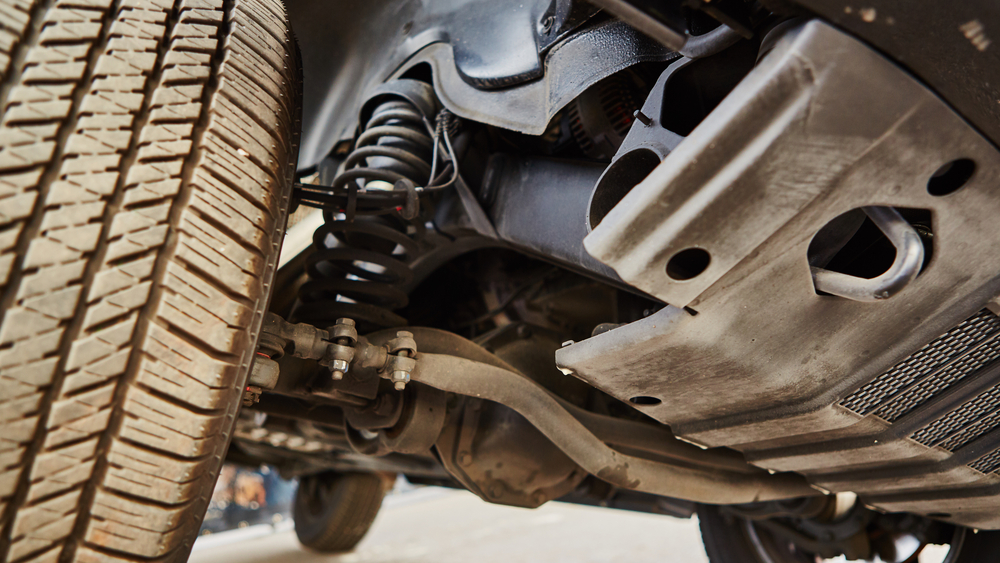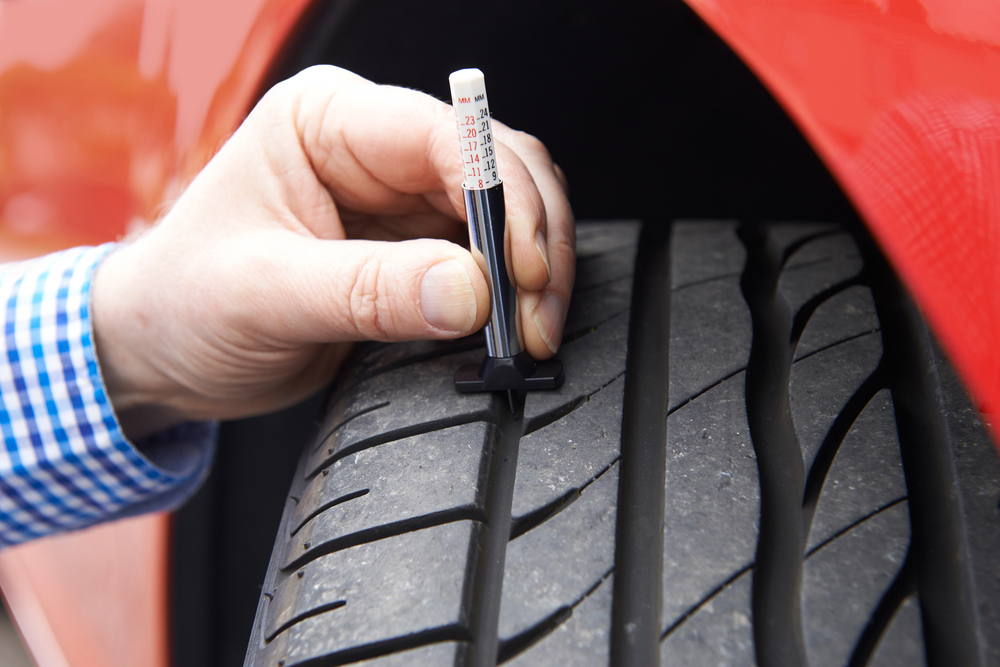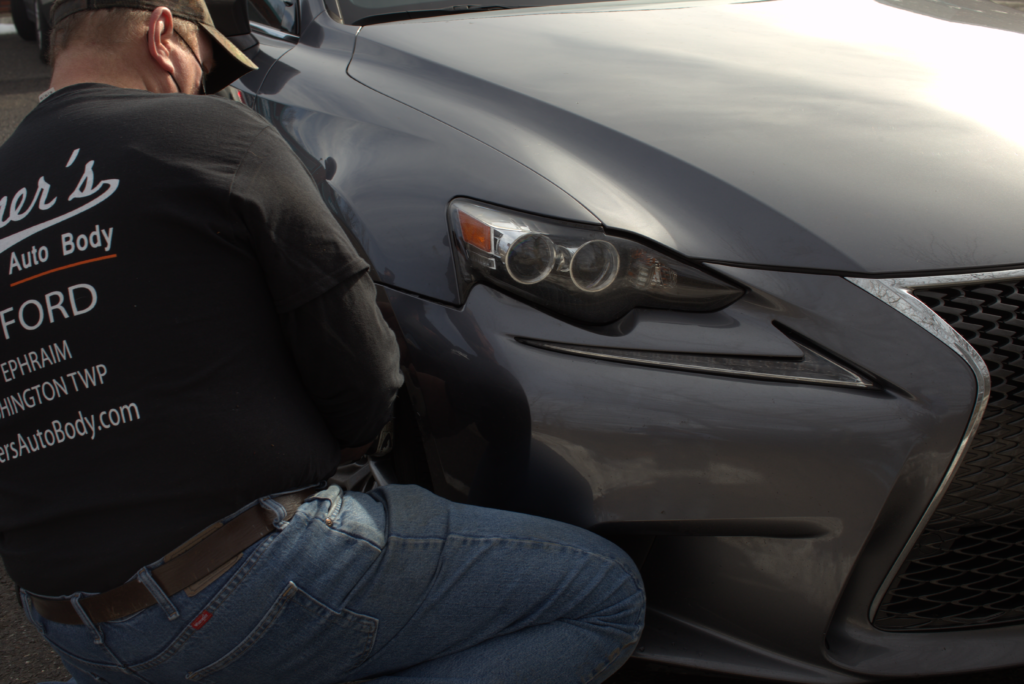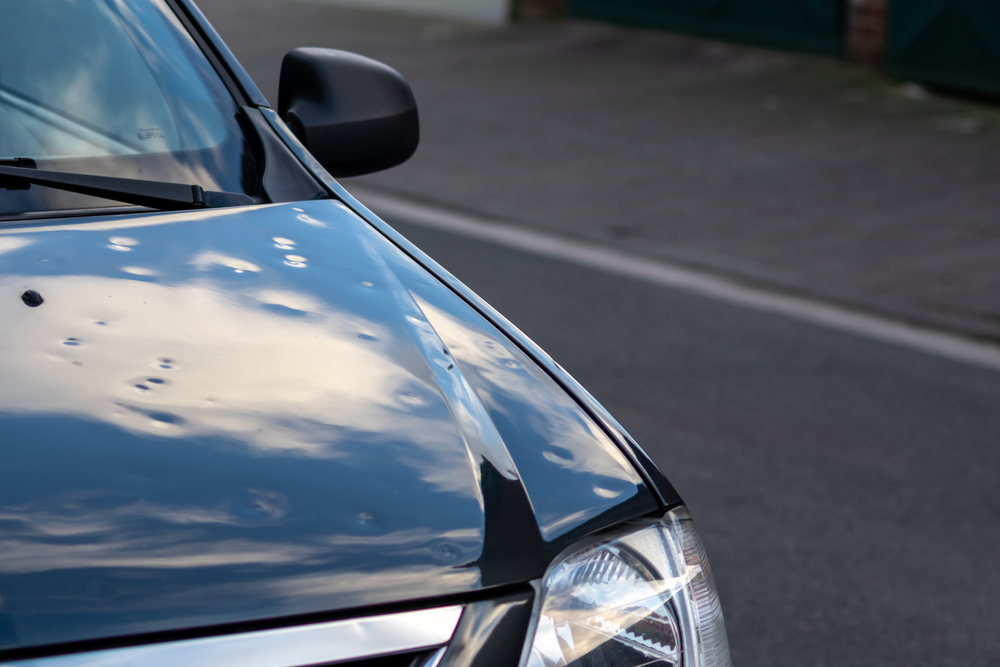Winter will soon be upon us, and that means road salt. On the roadways of South Jersey—Collingswood, included—road salt is put down whenever there is a chance of snow or when snow lays to help it melt and keep the roads clear. While road salt is effective in melting ice and reducing accidents, it can be extremely damaging to your vehicle’s undercarriage. Prolonged exposure to road salt can lead to rust, corrosion, and serious damage to essential components of your car.
Understanding the impact of road salt on your vehicle’s undercarriage and taking preventive measures can help you avoid costly repairs and extend the life of your car. Let’s explore how road salt affects your vehicle and what you can do to protect it during the winter months.
Key Takeaways
- Sodium chloride, commonly used in road salt, can mix with water and slush to corrode your vehicle’s undercarriage, including brake lines, suspension, and exhaust components.
- Be on the lookout for rust spots, excessive brake wear, suspension issues, and fluid leaks as potential indicators of salt-related damage to your vehicle.
- Regularly wash your car during the winter, especially focusing on the undercarriage. Applying protective coatings before winter and conducting routine inspections can help minimize the risk of corrosion.
- Identifying and addressing salt damage early can save you from costly repairs and keep your vehicle safe and roadworthy during harsh winter months.
What is Road Salt Made Of?
Road salt is predominantly made of sodium chloride (NaCl), which you may think of as table salt. The form of road salt is less refined. In addition to NaCl, other additives may be added to the road salt, including:
- Calcium chloride (CaCl₂): Sometimes mixed with sodium chloride to lower the freezing point even further, making it more effective in very cold temperatures.
- Magnesium chloride (MgCl₂): Another de-icing agent that can be mixed with road salt for improved performance in colder climates.
- Anti-caking agents: To prevent the salt from clumping, chemicals like ferric ferrocyanide or other anti-caking agents may be added.
How Does Road Salt Damage Your Vehicle’s Undercarriage?
Road salt is a corrosive substance that works by lowering the freezing point of water, allowing ice and snow to melt quickly. However, when this salt mixes with water and slush on the road, it splashes onto your vehicle’s undercarriage and metal components. Over time, this salt can lead to rust and corrosion, particularly on exposed parts such as:
- Brake and fuel lines
- Exhaust system
- Suspension components
- Frame and chassis
- Wheel wells
Corrosion weakens these parts and can lead to more severe problems such as brake failure, exhaust leaks, and compromised structural integrity. Once rust takes hold, it can spread quickly, making it essential to address salt exposure early.
Signs of Salt Damage
Salt damage often begins in hidden areas, especially under your vehicle where it is most exposed. However, there are clear signs that indicate road salt has already caused harm:
- Rust spots: Check for reddish-brown discoloration or flaking on metal parts, particularly around the wheel wells, exhaust, and undercarriage. This rust can weaken the metal over time, making repairs more difficult.
- Excessive brake wear: Road salt can corrode brake lines, calipers, and rotors, leading to premature wear, reduced braking performance, or even brake failure if left untreated.
- Suspension issues: A stiffer or less responsive suspension may be a sign that salt has damaged components like struts, shocks, or control arms, affecting your vehicle’s ride and safety.
- Fluid leaks: Corrosion from road salt can deteriorate fuel lines, brake lines, and other vital systems, leading to dangerous leaks that may not be immediately visible.
Regular inspections during the winter months, especially after snowstorms, are crucial to catching and addressing these issues before they become major repairs. Staying proactive can help extend the life of your vehicle and avoid expensive damage caused by road salt exposure.
How to Protect Your Car From Salt Damage
Fortunately, there are several preventive steps you can take to protect your vehicle’s undercarriage from the harmful effects of road salt in Collingswood:
- Wash Your Car Frequently: Regularly washing your vehicle during the winter is one of the most effective ways to remove salt buildup. Focus on the undercarriage, as well as areas like the wheel wells and exhaust, where salt tends to accumulate. A thorough wash after snowstorms or driving on salted roads will minimize the risk of corrosion.
- Apply an Undercarriage Coating: Before winter sets in, consider applying an undercarriage sealant or rust inhibitor. These protective coatings create a barrier that shields metal components from the corrosive effects of salt and moisture. This preventive measure helps significantly reduce the likelihood of rust forming on vulnerable parts.
- Inspect Your Vehicle Regularly: Frequently check for early signs of rust, particularly after prolonged exposure to salted roads. Look for any discoloration, flaking, or rust spots around the undercarriage, wheel wells, and suspension. Addressing corrosion in its early stages can prevent more serious, costly damage down the line.
Contact Elmer’s Auto Body Today
Road salt is an essential tool for keeping roads safe during winter, but it can have a significant impact on your vehicle’s undercarriage if not managed properly. Regular washing, applying protective coatings, and scheduling inspections can help you minimize the effects of salt exposure and keep your vehicle in top condition.
Although the team at Elmer’s Auto Body works solely on collision repair, dent and hail damage, we do seek to inform our clients when it comes to maintaining your vehicle. Having a maintained vehicle means having a safe one, and that means that if you get into an accident, your safety is increased. In the event you do have a collision, please call one of our three South Jersey locations to receive the assistance you need with restoring your vehicle to its pre-accident condition.






